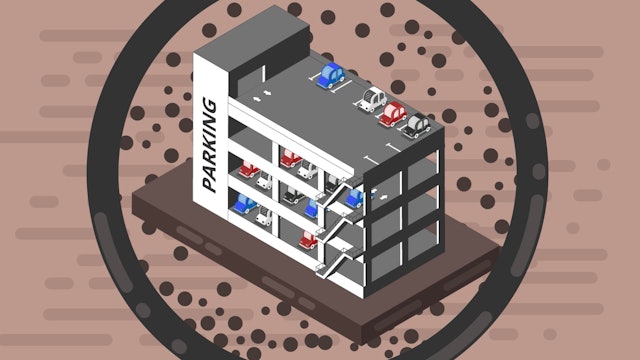Back 2 Basics Video Series
4 Seasons
We know we can’t focus on the end of season and not give attention to the beginning; and that starts with a crop fertility plan based on a complete soil analysis.
Not that long ago, fertilizer management only focused on N-P-K. As yields climb, we know that we are having to increase the productivity of N, P and K through the supporting roles of secondary and micronutrients, such as sulfur and zinc all the way through molybdenum. But which ones? And how do we decide which of those pricey nutrients will be worthwhile? Spending on extra nitrogen and potassium may feel like the right choice, but what if copper holds back the yield of your wheat crop and the result is, the 50 pounds of nitrogen you applied isn’t productive because it wasn’t supported by $5 worth of copper?
The Back-to-Basics video series is intended to take an in-depth look at the nutrients that may make a difference in your crop. We’ll go in the order that we at AgroLiquid look at a soil test analysis and help you understand the role each nutrient plays in the plant, how it interacts with other nutrients in the soil, watch-outs and more. Each video is between three and six minutes long, and focuses on a specific category on a soil test analysis.
-
 01:13Episode 1
01:13Episode 1AgroLiquid Back 2 Basics Introduction
Episode 1
We know that we can’t focus on end of season and not give attention to the beginning; and that starts with a crop fertility plan based on a complete soil analysis. The Back-to-Basics video series is intended to take an in-depth look at the nutrients that may make a difference in your crop. We’ll ...
-
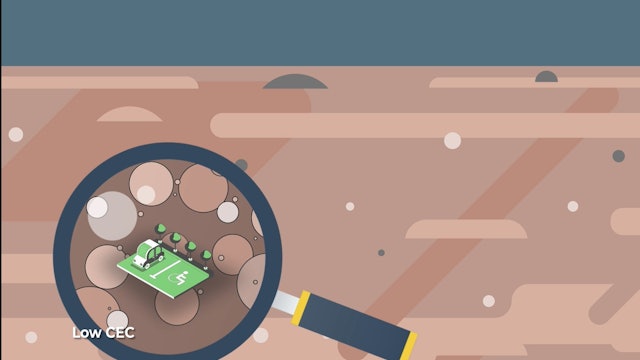 03:58Episode 2
03:58Episode 2CEC | AgroLiquid B2B
Episode 2
To achieve high yields, it’s important to understand your soil’s capacity to hold nutrients. This characteristic is highly influenced by cation exchange capacity (CEC). Learn more about CEC in this short video with Agronomist Stephanie Zelinko and Area Manager Brian Waugh.
-
Productive Potential: Base Saturations | AgroLiquid B2B
Episode 3
Balanced soils deliver nutrients more efficiently to your crops. One of the best ways to measure this balance is to examine the base saturation of the cations in your soil. How does base saturation differ from parts per million or pounds per acre? What is the optimal range for each cation? Find o...
-
 04:09Episode 4
04:09Episode 4pH | AgroLiquid B2B
Episode 4
Everything in your soil - from biology to nutrient availability and more - is heavily influenced by soil pH. Understanding this characteristic is critical to getting the most return on many of the products you use on your farm. Join Brian and Stephanie as they take a closer look at soil pH in the...
-
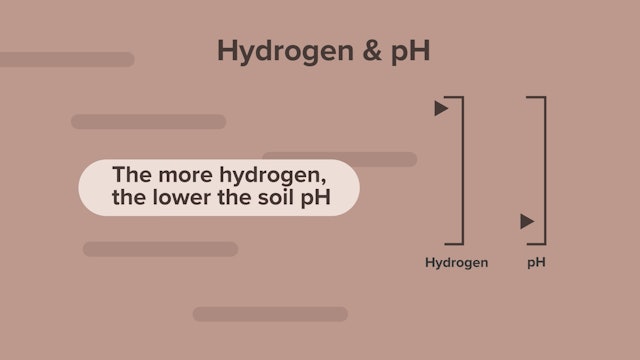 04:11Episode 5
04:11Episode 5Sodium & Hydrogen | AgroLiquid B2B
Episode 5
Sodium (Na) and Hydrogen (H) are two of the five cations that make up soil Base Saturation. The ratio of these cations is an indicator of the overall balance of your soil. In the latest Back 2 Basics video, Brian and Stephanie take a closer look at these two nutrients and their effect on balancin...
-
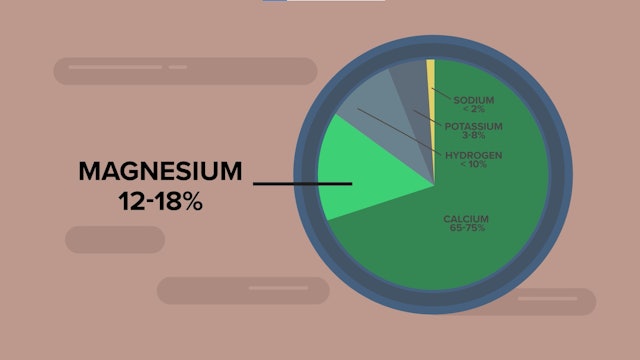 04:01Episode 6
04:01Episode 6Calcium & Magnesium | AgroLiquid B2B
Episode 6
Calcium (Ca) and Magnesium (Mg) are two of the most important factors in determining the structure and mobility of nutrients in your soil. If these two cations get out of balance, they can dramatically affect crop productivity. Join Stephanie and Brian in this short video where they discuss each ...
-
How to Manage and Influence Cations with Amendments | AgroLiquid B2B
Episode 7
When your soil base saturation gets out of balance, there are numerous amendments you can add to your soil to correct that imbalance. Join Stephanie and Brian in this short video where they take a look at some of the options available to bring your base saturation to optimal levels.
-
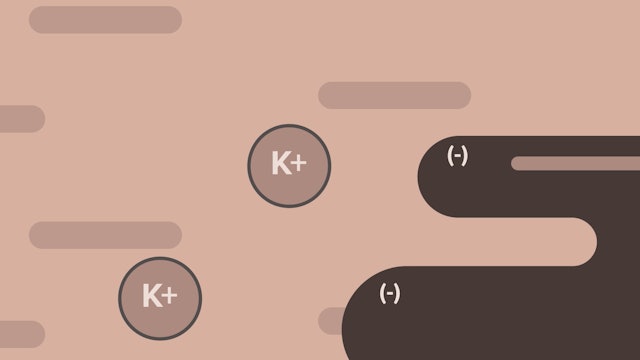 03:23Episode 8
03:23Episode 8Potassium | AgroLiquid B2B
Episode 8
Potassium (K) is one of the three primary crop nutrients. Having an ample amount of potassium is critical to plant health and development. However, it is also important to consider the ratio of potassium ions in the soil, in relation to the other cations measured on a base saturation test. Unders...
-
 04:48Episode 9
04:48Episode 9Sulfur | AgroLiquid B2B
Episode 9
Sulfur is the most important secondary nutrient - in fact, it is often considered the fourth macronutrient. Sulfur plays multiple roles for your crop - from helping keep the soil in balance to improving plant health. Careful management of this nutrient is critical to reaching a crop's potential. ...
-
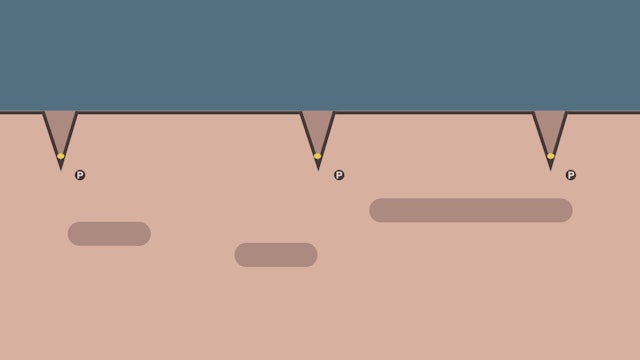 03:19Episode 10
03:19Episode 10Phosphorus | AgroLiquid B2B
Episode 10
Phosphorus is one of the primary plant nutrients, playing several important roles in raising a successful crop. In order to perform these roles effectively, it is critical to keep phosphorus in balance with other soil nutrients



